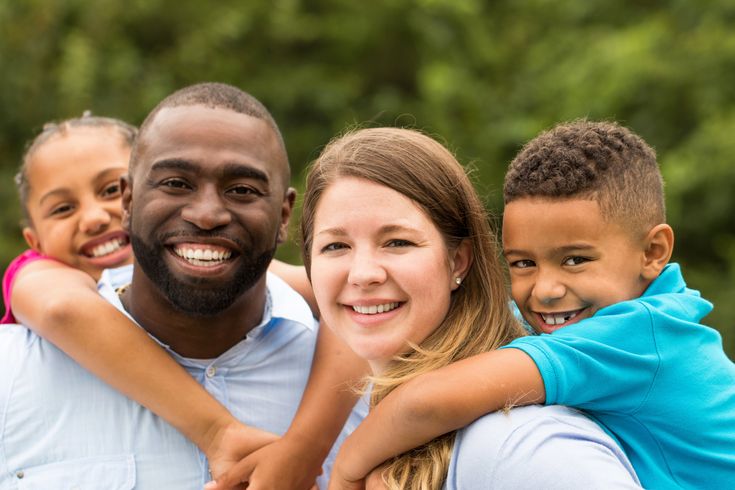Anyone who has ever interacted with dogs has probably noticed how differently pets behave in different situations: some dogs are timid, others often show aggression, and others are interested in everything new. Socialization is one of the most important factors that shape a dog’s character. We’ll tell you what socialization is and how to do it correctly.
What is socialization and why is it important for puppies?
Socialization is the introduction of a puppy to objects and phenomena of the environment in which it will live. For a dog in the city, the ability to sit or lie down on command is not as important as how relaxed it feels on a noisy street, in a doorway or elevator, in a veterinary clinic, and in a crowded park; how polite and friendly it is to dogs, children; whether it calmly walks on a leash and reacts to fireworks. All these tasks are set for companion dogs today, and socialization helps to solve them.
What are the puppy socialization periods?
There are many different classifications. I usually focus on the actual stages of development and maturation: 0-6 weeks – female and littermates, breeder; 2-3 months – a close circle of people, guests, dogs, and other animals at home; 3-5 months – new home and age of active socialization with the outside world; 6 months – 1.5-2 years – adolescence, maturation.

Read Also: Advantages of Google Ads or PPC Campaigns for your Online Business
Why do we mean a puppy when we talk about socialization? Can’t we socialize an adult dog?
Socialization lasts a lifetime, and in adulthood, it is important to maintain communication skills and learn new things. But while a puppy is small, specific processes occur in its brain, during which it easily and in large quantities assimilates new information about the world. If at a certain age, this stage is missed, for example, the puppy grows up in an impoverished environment or is deprived of communication, then subsequently it is very difficult to fill the gaps, sometimes even impossible. This is the so-called Mowgli effect. For example, a dog may have a lifelong fear of noisy streets, men in hoods, or janitors with a cart simply because in childhood this did not enter into the picture of the world. And all this is easily assimilated precisely in a short period of active socialization – 3-5 months.
How does socialization work? Who and what should a puppy get acquainted with during the socialization process?
We must focus on the world in which the dog will live. This is the urban environment, transport, people (women and men, children, teenagers and the elderly, in uniform, in dark glasses and hats), dogs (large and small, with long hair, with short hair, brachycephalic breeds, etc.). An important part of socialization is accustoming to care procedures – veterinary examination, grooming, washing paws, trimming claws, etc. Of course, we cannot introduce a puppy to everything in the world, but the more diverse and positive the experience is during the active socialization period, the easier it will be for the dog to meet new things later.
What are the basic rules of socialization?
Introducing stimuli should be positive. Dragging a puppy to a dog park where a crowd of dogs, even friendly ones, will rush to sniff it, or to a playground where dozens of children’s hands will rush to pet it is a path to developing fear, and later even aggression. It is important to consider the puppy’s condition and its readiness for contact. A good option is one adult “sensitive” dog or one child who has been explained that they should not touch the puppy, but stand sideways and behave neutrally. When introducing, we give the puppy a choice. And if he chooses not to approach, that is his right. Puppies are curious by nature, so if you let him get used to it a little, look around, and walk on a loose leash, anxiety will decrease, and he will want to communicate on his own. Socialization is not about training, but about creating conditions where the best qualities of the dog will manifest.
What are the most common mistakes made during socialization? And what to do if they have already been made?
The first type of mistake is when socialization is missed, for example, you got a puppy in the spring and took it to the country until autumn, or you didn’t walk the puppy in the winter because it was cold, or you didn’t walk it for a long time because vaccination was delayed. As a result, we have a missed active period of socialization and the corresponding problems.
The second type of mistake is connected with the “fashion for socialization”, when people start walking their puppy around the streets for several hours or even whole days, riding in transport and visiting friends, to have time to “cram” as much information about the world into it as possible in this short time. The puppy’s nervous system is not ready for such loads – and this is again the path to the development of neuroses, fears, and excitability, but not because of a deficit, but because of an excess. It is important to always strive for balance, and the starting point here is the dog’s calm and resourceful state.
If the dog is older than 5 months, and something went wrong in socialization, you need to work with a specialist: the consequences of mistakes in socialization are very individual, and there can be no general recipes here.
Is socialization alone enough to ensure a happy dog life?
Of course, socialization is not a guarantee of everything. But it lays a solid foundation on which to build everything else. This puppy’s health, the conditions in which it is raised, compliance with its needs, minimization of negative experiences, and most importantly – good contact with the owner are also important.

Read Also: Advantages of Google Ads or PPC Campaigns for your Online Business










